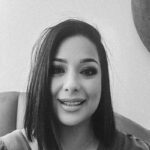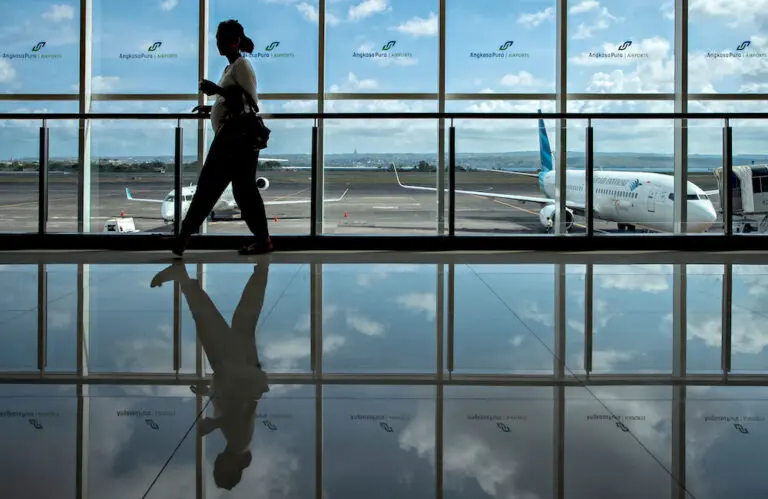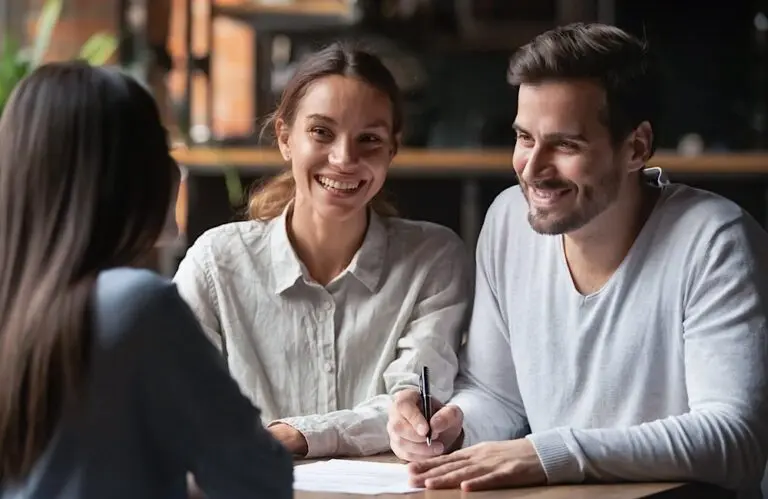For some, International Women’s Day holds about as much meaning as International Nose Picking Day (24 April, for those interested). Others head to events, eat pink-iced cupcakes and cheer on the successes of our sisters. Some get angry. Some are hopeful because we have actually come so far. And some simply don’t have time to register it at all.
But International Women’s Day shouldn’t yet be a token day of appreciation. And whether we rage or celebrate, ignore or roll our eyes, there are some very real conversations we need to have and actions that must be taken.
The pandemic took with it a lot of our talent. To get them back, attract newcomers, and keep the talent we have, regardless of gender, we must address what is keeping them away, whether real or perceived.
The gender pay gap
This year’s United Nations theme is ‘Invest in Women: Accelerate Progress’. There are other, less goal-oriented themes floating around, pretty, ornamental themes that look good on T-shirts but don’t inspire much more than that. Investing in women is exactly what we need to do.
But how can we invest in women when the gender pay gap is a very real issue? And why is it so often dismissed? I think because many confuse the gender pay gap with equal pay.

Equal pay is where women and men are paid the same for performing the same role or different work of equal or comparable value, says the Workplace Gender Equality Agency (WGEA) of the Australian government. In Australia, this has been a legal requirement since 1969.
Gender pay gaps are not a comparison of like roles. Instead, they show the difference between the average pay of women and men across organisations, industries and the workforce as a whole.
Data revealed under new laws has shown quite substantial gender pay gaps at some of the travel industry’s biggest companies. Why?
According to WGEA, the gender pay gap “between women and men’s average earnings is the result of social and economic factors that combine to reduce women’s earning capacity over their lifetime”.
These factors include:
- conscious and unconscious discrimination and bias in hiring and pay decisions
- women and men working in different industries and different jobs, with female-dominated industries and jobs attracting lower wages
- lack of workplace flexibility to accommodate caring and other responsibilities, especially in senior roles
- high rates of part-time work for women
- women’s greater time out of the workforce for caring responsibilities impacting career progression and opportunities
- women’s disproportionate share of unpaid caring and domestic work
So often when we say equality, we actually want equity. Equality is giving everyone the same thing, like the same size shoes. Equity is making sure everyone gets shoes that fit, giving them what they need to have the same opportunity.
The importance of flexibility
Flexibility is one of the key requirements of anyone who works in travel. I remember my now-retired travel agent mum wearing pagers or lugging around the clunky first iterations of mobile phones just in case one of her clients needed her at any time.
But the industry needs to be flexible too.
For many mobile travel agents, the whole working-from-home thing was no big adjustment. But for others, the pandemic left behind a legacy of hybrid work and all the benefits and pitfalls that come with it. Does that mean we’re all suddenly more flexible? Not necessarily.
Research from the Diversity Council of Australia (DCA) revealed that only 57% of men reported using flexible work options in the year leading up to September 2023 compared with 72% of women, representing a gender flex gap of 15% – a figure that has remained stagnant since 2019.
“Flexible working conditions are an important part of workforce participation for those with caring responsibilities, which disproportionately fall to women,” the DCA said.
“Our most recent She’s Price(d)less report showed caring for family and workforce participation account for an estimated 33% of the gender pay gap, making it the second most prominent cause.”
This is not to say men don’t want to care. There are bigger issues here. How often do schools call the father first when there is a problem with a child? The DCA says that while all flex workers are more likely to face discrimination and harassment at work than those who don’t, men who accessed flex work in the form of reduced hours were more likely to face negative treatment than women (37% vs 24%)!
According to DCA CEO Lisa Annese, Australian workplaces must do more to destigmatise accessing flexible working conditions and encourage men to “share the care”.
“Better access to flexible working conditions don’t only make workplaces more accessible for carers, they also help to encourage men to take on more caring duties, which we know disproportionately fall to women,” Annese said.
“In order to address Australia’s gender pay gap, we need to address the gender flex gap.”

There is more to say, and we will help enable those conversations. But there is even more to celebrate. We are a fun industry peopled with some of the very best of humanity. There are opportunities to grow our careers and ourselves. And each other. Together in travel.






